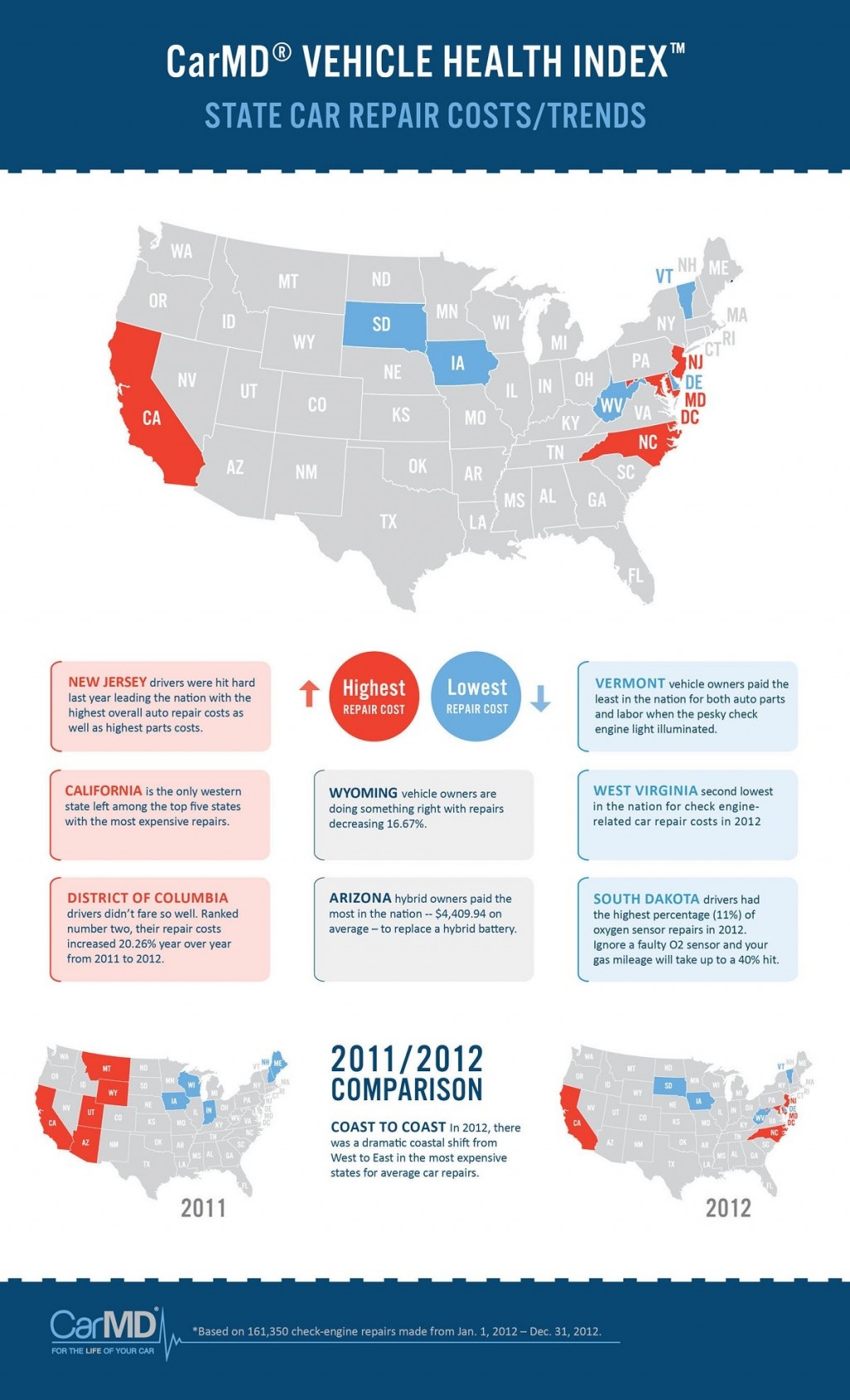Examining Your Car'S Warning Indicators: What They Truly Convey
Examining Your Car'S Warning Indicators: What They Truly Convey
Blog Article
Post Developed By-Samuelsen Gilbert
When you're behind the wheel, those beautiful warning lights on your dashboard can be a little bit bewildering. Do you understand what they're attempting to inform you about your vehicle's health and wellness? Comprehending the relevance of these lights is important for your safety and security and the long life of your vehicle. So, the next time one of those lights pops up, would not you intend to understand its message properly and take the essential actions to address it?
Common Caution Lighting and Interpretations
Determine typical caution lights in your vehicle and comprehend their significances to make sure risk-free driving.
One of the most normal warning lights consist of the check engine light, which indicates issues with the engine or discharges system. If this light begins, it's crucial to have your automobile checked quickly.
The oil stress advising light indicates reduced oil stress, requiring prompt attention to avoid engine damage.
A blinking battery light may suggest a faulty charging system, potentially leaving you stranded otherwise resolved.
The tire pressure monitoring system (TPMS) light notifies you to reduced tire pressure, influencing automobile security and fuel effectiveness. Disregarding this can result in unsafe driving conditions.
just click the following page suggests an issue with the anti-lock stopping system, endangering your capacity to quit quickly in emergencies.
Finally, the coolant temperature cautioning light warns of engine overheating, which can cause extreme damage otherwise resolved swiftly.
Recognizing these typical warning lights will aid you attend to problems without delay and preserve secure driving conditions.
Importance of Prompt Attention
Recognizing the common warning lights in your automobile is only the initial step; the value of quickly attending to these warnings can not be highlighted enough to guarantee your safety when driving.
When a caution light brightens on your control panel, it's your automobile's means of connecting a prospective problem that requires attention. Ignoring these cautions can cause extra severe problems later on, jeopardizing your safety and security and possibly costing you more out of commission.
Motivate interest to warning lights can prevent break downs and accidents. For example, a blinking check engine light can show a misfire that, if left neglected, could trigger damages to the catalytic converter. Addressing this quickly can save you from a pricey repair service.
Similarly, a brake system advising light could signal low brake liquid or worn brake pads, crucial elements for your safety when driving.
DIY Troubleshooting Tips
If you see a warning light on your control panel, there are a couple of DIY troubleshooting suggestions you can attempt prior to looking for specialist help.
The initial step is to consult your auto's guidebook to comprehend what the specific caution light suggests. Occasionally the issue can be as simple as a loose gas cap setting off the check engine light. Tightening the gas cap might fix the issue.
Another common issue is a low battery, which can set off numerous cautioning lights. Checking the battery connections for rust and guaranteeing they're protected could take care of the problem.
If a warning light persists, you can try resetting it by detaching the automobile's battery for a few minutes and then reconnecting it. Additionally, checking your vehicle's fluid degrees, such as oil, coolant, and brake liquid, can aid fix alerting lights connected to these systems.
https://click4r.com/posts/g/18583469/normal-challenges-in-car-describing-and-tips-for-avoidance
In conclusion, comprehending your automobile's caution lights is vital for keeping your automobile running smoothly and safely. By without delay dealing with these alerts and recognizing what they imply, you can prevent expensive repairs and possible break downs.
Bear in mind to consult your auto's guidebook for specific details on each advising light and take action appropriately to make sure a trouble-free driving experience.
Keep educated, remain secure when traveling!
